The 1970s were a transformative decade for Hollywood, marked by a shift in filmmaking that would shape the future of cinema. Gone were the days of traditional, formulaic plots, replaced by gritty realism, groundbreaking special effects, and stories that captured the cultural moment. From big-budget epics to intimate character studies, the 70s gave birth to some of the most influential films that continue to inspire filmmakers today. These movies weren’t just successful; they reshaped how audiences engaged with film and set new standards for what could be achieved on screen.
From alien invasions to gritty crime dramas and unforgettable action sequences, the blockbusters of the 70s brought audiences a mix of entertainment that was both innovative and deeply reflective of the social changes happening in the world. Films like Star Wars, Jaws, and The Godfather didn’t just dominate the box office—they started conversations, changed the way movies were marketed, and solidified the power of the director as a cultural force. Let’s take a look at 26 of the biggest films from that transformative decade that still resonate today, reminding us of just how much Hollywood evolved.
Star Wars (1977)
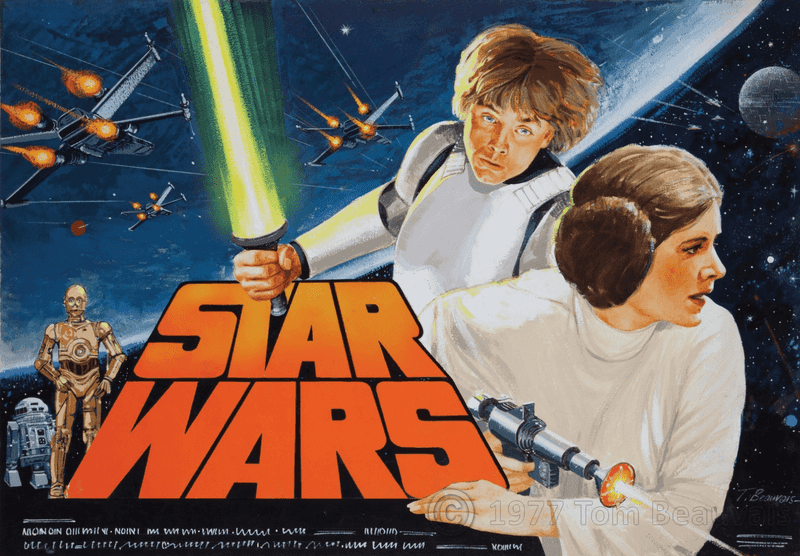
Star Wars, released in 1977, redefined the sci-fi genre with its groundbreaking special effects and epic storytelling. It introduced audiences to a galaxy far, far away, with memorable characters like Luke Skywalker, Princess Leia, and Darth Vader. The film’s innovative use of special effects and sound design set a new standard for future blockbusters.
Its success led to a massive franchise, including sequels, merchandise, and expanded universe content. Directed by George Lucas, Star Wars created a cultural phenomenon and demonstrated the lucrative potential of franchise filmmaking. It remains a beloved classic, inspiring generations of filmmakers.
Jaws (1975)
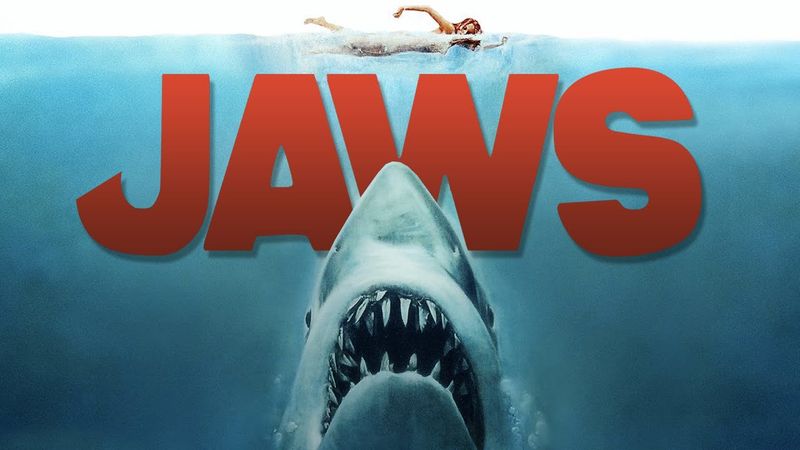
Jaws, directed by Steven Spielberg, became a cinematic sensation upon its release in 1975. Known for its suspenseful storytelling and iconic score by John Williams, the film instilled a lasting fear of the ocean in audiences.
Jaws was one of the first films to use wide national release and television advertising to create a blockbuster marketing strategy. This approach paved the way for the summer blockbuster phenomenon. The tension-filled narrative and innovative special effects, despite limited technology, demonstrated the power of suspenseful storytelling. Jaws remains a benchmark in thriller cinema, influencing directors worldwide.
The Godfather (1972)
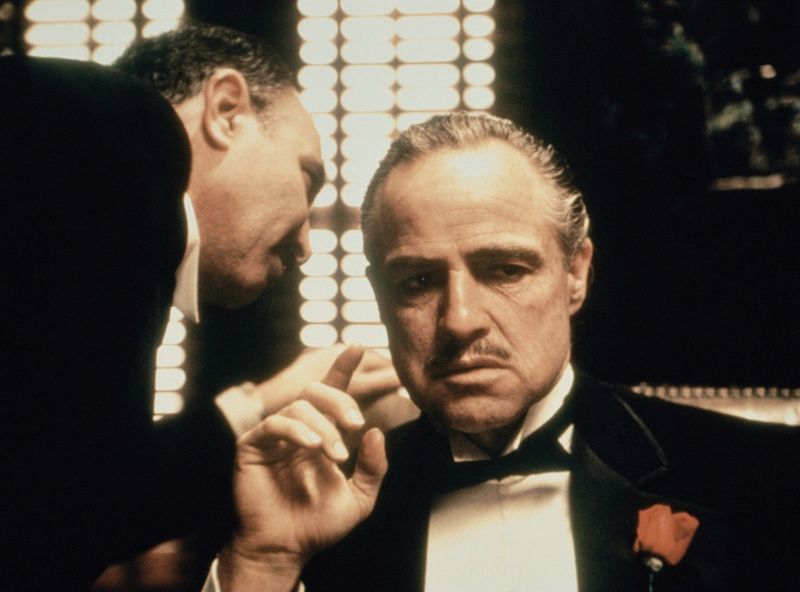
The Godfather, directed by Francis Ford Coppola, is hailed as a masterpiece in filmmaking. Released in 1972, it presents a gripping narrative of power, loyalty, and betrayal within an Italian-American crime family.
Marlon Brando’s portrayal of Vito Corleone became iconic, elevating the film’s status to legendary. The Godfather’s storytelling, combined with its cinematography and score, set a high bar for crime dramas. Its success sparked sequels and remains influential in both the crime genre and broader cinema. The Godfather’s impact on filmmaking and popular culture is profound, making it an enduring classic.
Rocky (1976)
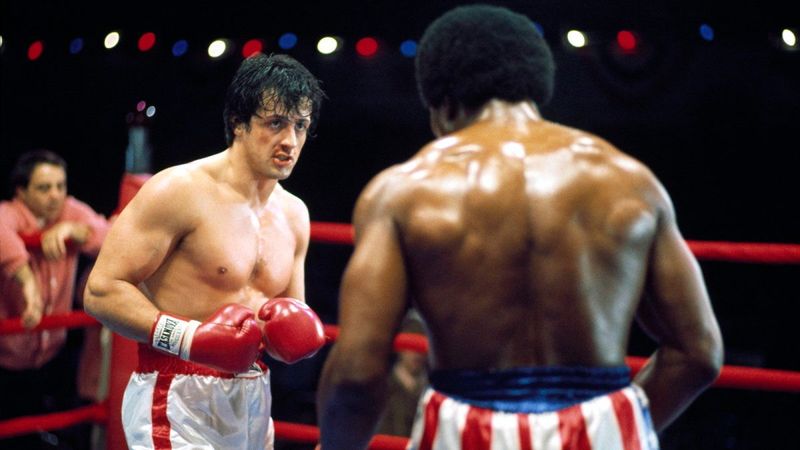
Rocky, released in 1976, is a quintessential underdog story that resonated with audiences worldwide. Written by and starring Sylvester Stallone, it tells the tale of an aspiring boxer given a chance to fight the heavyweight champion.
The film’s emotional depth and authentic portrayal of perseverance struck a chord, earning it accolades and a devoted following. Rocky’s success launched a franchise and solidified Stallone’s career as a Hollywood icon. Its iconic training montage and theme song remain cultural staples. Rocky continues to inspire with its message of determination and resilience, epitomizing the American Dream.
Close Encounters of the Third Kind (1977)
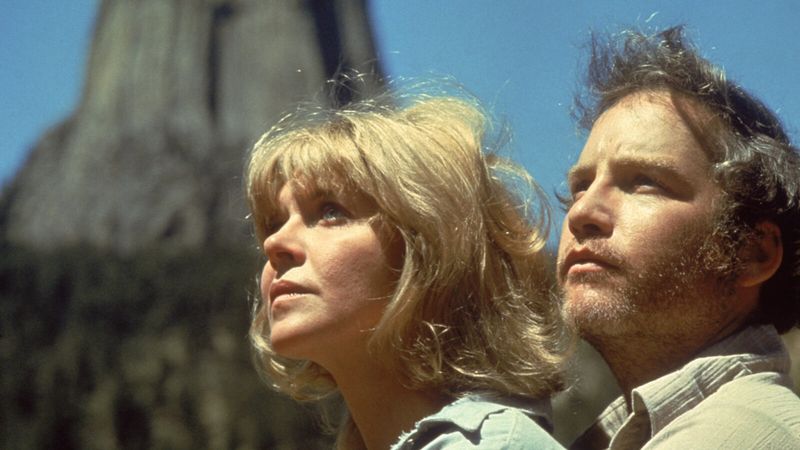
Close Encounters of the Third Kind, directed by Steven Spielberg, captivated audiences with its exploration of human-alien contact. Released in 1977, it combined science fiction with awe-inspiring visuals and a compelling narrative.
The film’s portrayal of ordinary people encountering the extraordinary resonated with viewers, blending realism with wonder. Its innovative special effects and musical score contributed to its success, solidifying Spielberg’s reputation as a visionary filmmaker. Close Encounters remains a landmark in the sci-fi genre, influencing countless films exploring extraterrestrial life. Its impact on cinematic storytelling and visual effects is enduring, marking a pivotal moment in film history.
One Flew Over the Cuckoo’s Nest (1975)
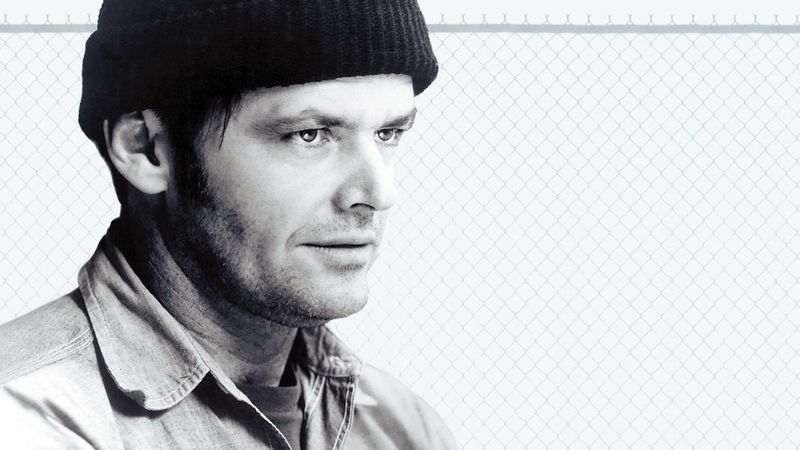
One Flew Over the Cuckoo’s Nest, released in 1975, is a compelling drama about individuality and authority. Directed by Milos Forman, it stars Jack Nicholson as Randle McMurphy, a rebellious inmate in a mental institution.
The film’s exploration of themes like freedom, control, and humanity resonated deeply with audiences. Its critical acclaim and commercial success earned it five Academy Awards, including Best Picture. The powerful performances and thought-provoking narrative left a lasting impact on cinema. One Flew Over the Cuckoo’s Nest continues to be celebrated for its bold storytelling and cultural critique, remaining a significant work in film history.
Grease (1978)

Grease, released in 1978, is a vibrant musical that became a cultural sensation. Starring John Travolta and Olivia Newton-John, it captures the spirit of the 1950s with energetic performances and catchy songs.
The film’s nostalgic portrayal of teenage romance and rebellion resonated with audiences, making it one of the highest-grossing musicals of all time. Grease’s infectious energy, memorable music, and charismatic cast contributed to its enduring popularity. Its influence on musical theater and pop culture is significant, with songs and scenes that remain iconic. Grease continues to charm new generations, celebrating youthful exuberance and timeless themes.
Saturday Night Fever (1977)
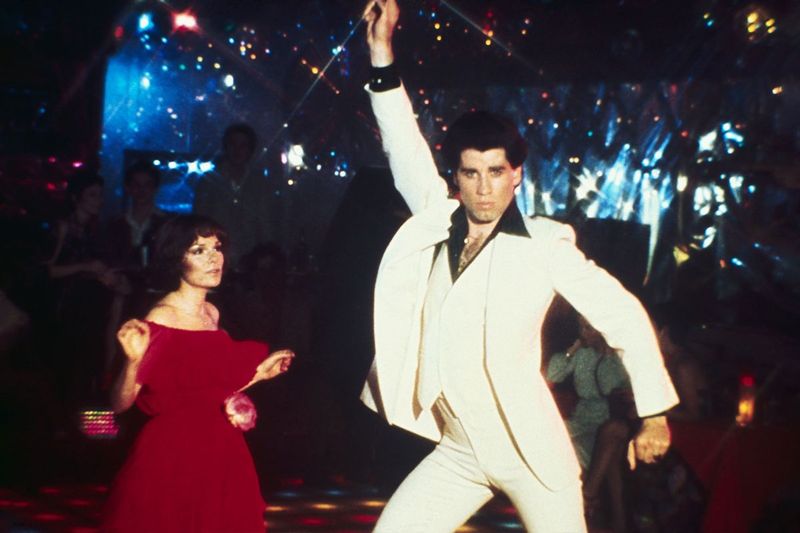
Saturday Night Fever, released in 1977, captured the disco craze and became a cultural phenomenon. Starring John Travolta, the film’s energetic dance sequences and iconic soundtrack by the Bee Gees defined an era.
Travolta’s performance as Tony Manero, a young man seeking escape through dance, resonated with audiences. The film’s exploration of themes like aspiration and self-expression struck a chord, making it a box office success. Saturday Night Fever’s impact on music, fashion, and dance is profound, immortalizing disco in pop culture. Its legacy endures, inspiring generations to embrace the joy of dance and self-discovery.
Superman (1978)
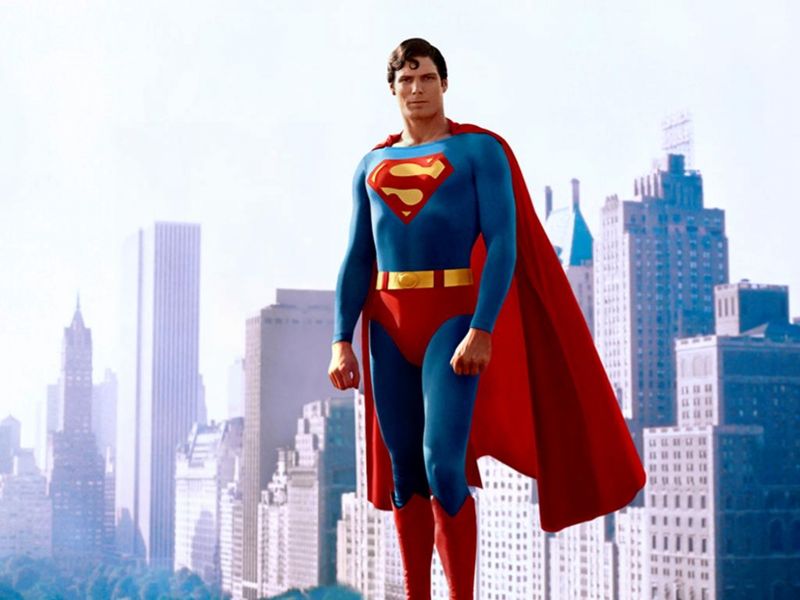
Superman, released in 1978, brought the iconic superhero to life on the big screen. Directed by Richard Donner, it starred Christopher Reeve as the titular character, embodying hope and heroism.
The film’s groundbreaking special effects and engaging narrative captivated audiences, setting a new standard for superhero films. Superman’s success demonstrated the commercial viability of comic book adaptations, paving the way for future superhero franchises. Its iconic theme by John Williams and Reeve’s charismatic portrayal remain influential. Superman inspired generations of fans and filmmakers, solidifying the character’s place in cinematic history as a symbol of courage and justice.
Apocalypse Now (1979)

Apocalypse Now, directed by Francis Ford Coppola, is a cinematic exploration of war’s horrors. Released in 1979, it presents a visceral portrayal of the Vietnam War through the eyes of Captain Willard, played by Martin Sheen.
The film’s intense visuals, powerful performances, and evocative soundtrack create an unsettling yet captivating experience. Apocalypse Now’s exploration of themes like madness and morality struck a chord with audiences and critics alike. Its ambitious storytelling and technical achievements made it a landmark in war cinema. The film continues to influence filmmakers, offering a profound commentary on the human condition and the nature of conflict.
The Exorcist (1973)
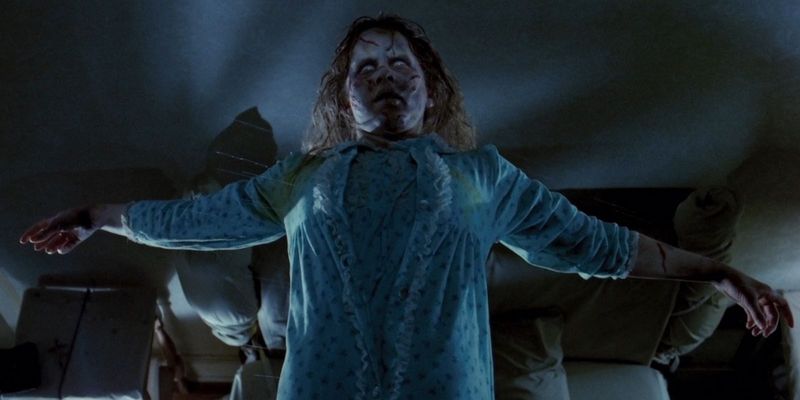
The Exorcist, released in 1973, is a horror masterpiece that terrified audiences with its chilling portrayal of demonic possession. Directed by William Friedkin, it follows the harrowing battle to save a young girl from a malevolent force.
The film’s disturbing imagery, compelling performances, and atmospheric tension set a new benchmark for the horror genre. The Exorcist’s success demonstrated the commercial potential of horror films, paving the way for future supernatural thrillers. Its impact on popular culture is significant, with scenes and quotes that remain iconic. The Exorcist continues to haunt audiences, solidifying its legacy as a terrifying classic.
Alien (1979)

Alien, directed by Ridley Scott and released in 1979, redefined the sci-fi horror genre. Starring Sigourney Weaver as Ripley, it presents a tense narrative of survival against a deadly extraterrestrial.
The film’s atmospheric tension, groundbreaking visual effects, and strong female protagonist set it apart as a genre-defining work. Alien’s success demonstrated the potential for blending science fiction with horror, influencing countless films and franchises. Its iconic alien creature design and suspenseful storytelling remain influential, inspiring new generations of filmmakers. Alien’s legacy endures as a chilling and innovative masterpiece, pushing the boundaries of cinematic storytelling.
A Clockwork Orange (1971)
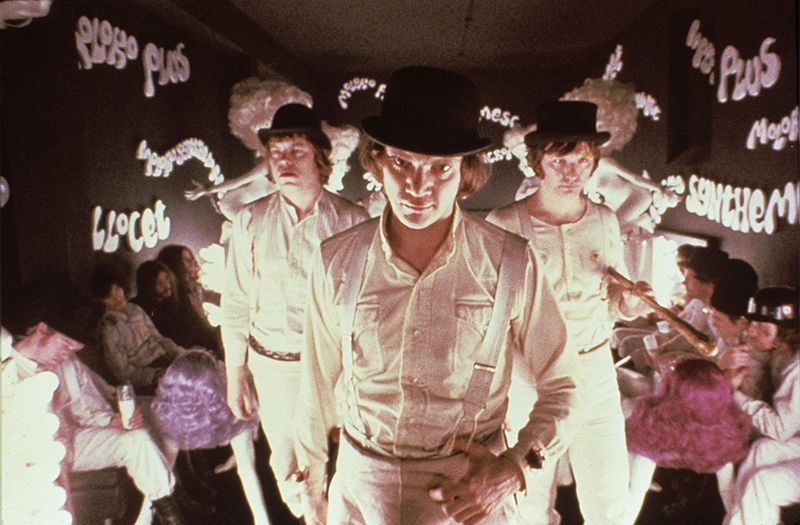
A Clockwork Orange, directed by Stanley Kubrick, is a provocative exploration of free will and societal control. Released in 1971, it presents a dystopian vision of the future, centered around the violent exploits of Alex, played by Malcolm McDowell.
The film’s striking visuals, dark humor, and unsettling themes sparked controversy but earned critical acclaim. A Clockwork Orange’s impact on cinema and culture is profound, influencing discussions on morality and the nature of violence. Its unique storytelling and visual style continue to captivate and challenge audiences, solidifying its place as a thought-provoking and influential work in film history.
The French Connection (1971)
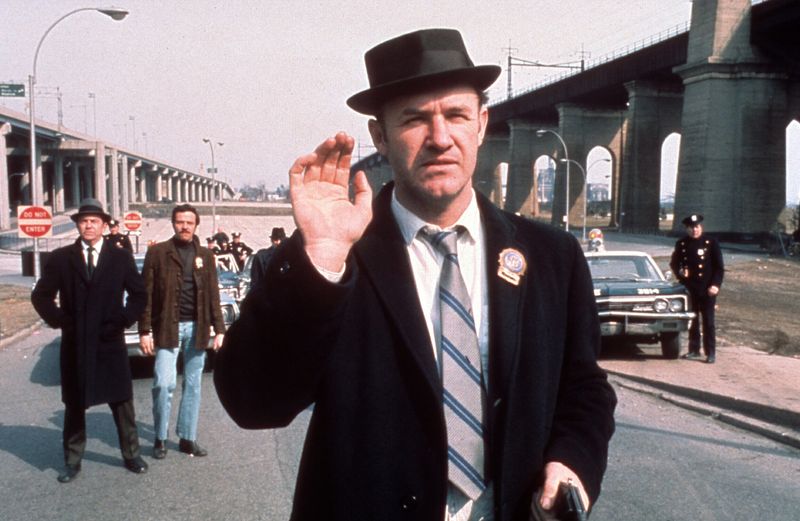
The French Connection, released in 1971, is a gripping crime thriller that redefined the genre. Directed by William Friedkin, it stars Gene Hackman as Popeye Doyle, a determined detective on a mission to dismantle a drug trafficking operation.
The film’s realistic portrayal of gritty urban crime, combined with its iconic car chase sequence, captivated audiences and critics alike. The French Connection’s success demonstrated the potential for gritty, realistic storytelling in cinema. It earned five Academy Awards, including Best Picture, influencing the crime genre for decades. The film remains a benchmark for suspenseful and authentic storytelling.
The Sting (1973)
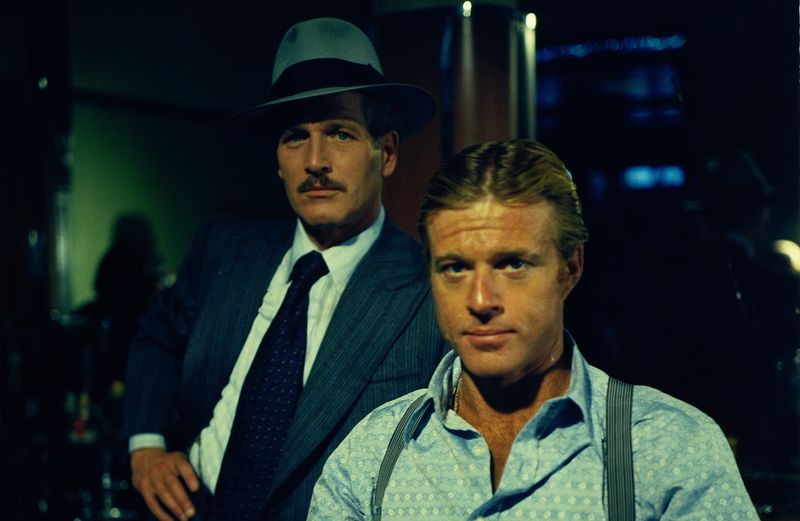
The Sting, released in 1973, is a clever caper film that charmed audiences with its intricate plot and charismatic performances. Directed by George Roy Hill, it stars Paul Newman and Robert Redford as con artists seeking revenge.
The film’s clever storytelling, period setting, and memorable score captured the imagination of viewers. Its success demonstrated the appeal of intricate, character-driven narratives. The Sting won seven Academy Awards, including Best Picture, and remains a classic example of the caper genre. Its influence on heist and con films is significant, with its style and wit inspiring countless filmmakers.
Kramer vs. Kramer (1979)
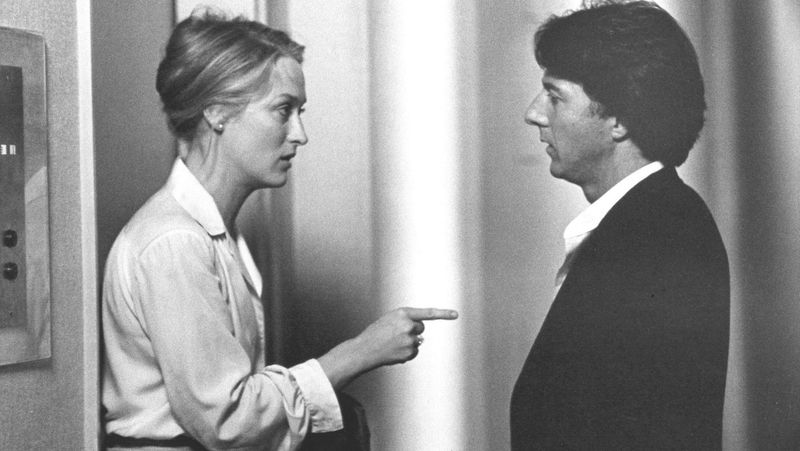
Kramer vs. Kramer, released in 1979, is a poignant drama that explores the complexities of divorce and family dynamics. Directed by Robert Benton, it stars Dustin Hoffman and Meryl Streep as a couple navigating a contentious custody battle.
The film’s emotional depth and compelling performances resonated with audiences, offering a nuanced portrayal of parenthood and personal growth. Kramer vs. Kramer’s success demonstrated the commercial appeal of character-driven dramas, earning five Academy Awards, including Best Picture. Its impact on family dramas is lasting, influencing films that explore similar themes of love, sacrifice, and reconciliation.
American Graffiti (1973)

American Graffiti, released in 1973, captures the youthful spirit of the early 1960s. Directed by George Lucas, it presents a nostalgic look at teenage life through intertwining stories set over one night.
The film’s ensemble cast, memorable soundtrack, and authentic portrayal of adolescence resonated with audiences, making it a box office hit. American Graffiti’s success highlighted the appeal of nostalgic and character-driven narratives. Its influence on coming-of-age films is significant, inspiring directors to explore similar themes. The film remains a beloved classic, celebrating the joys and uncertainties of youth with warmth and humor.
Chinatown (1974)
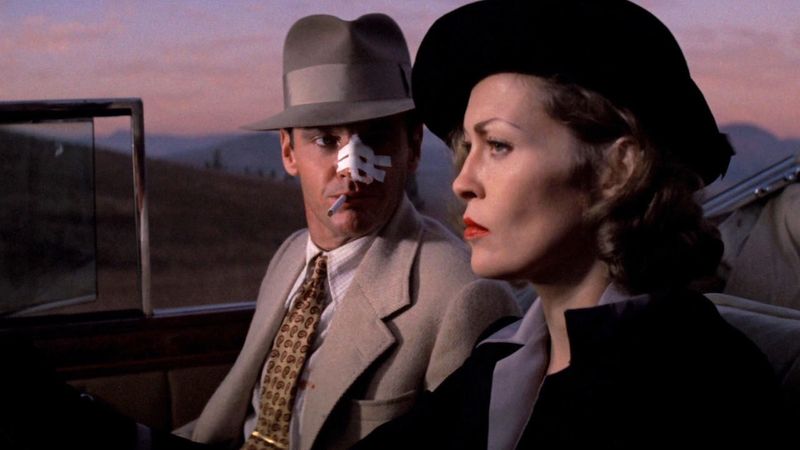
Chinatown, released in 1974, is a neo-noir masterpiece that captivated audiences with its intricate plot and atmospheric setting. Directed by Roman Polanski, it stars Jack Nicholson as a private detective entangled in a web of corruption.
The film’s evocative cinematography and compelling narrative set a new standard for the detective genre. Chinatown’s success demonstrated the potential for complex, character-driven storytelling in cinema. Its influence on neo-noir films is profound, inspiring directors to explore themes of deception and moral ambiguity. Chinatown remains a benchmark for storytelling, offering a captivating and thought-provoking cinematic experience.
Patton (1970)
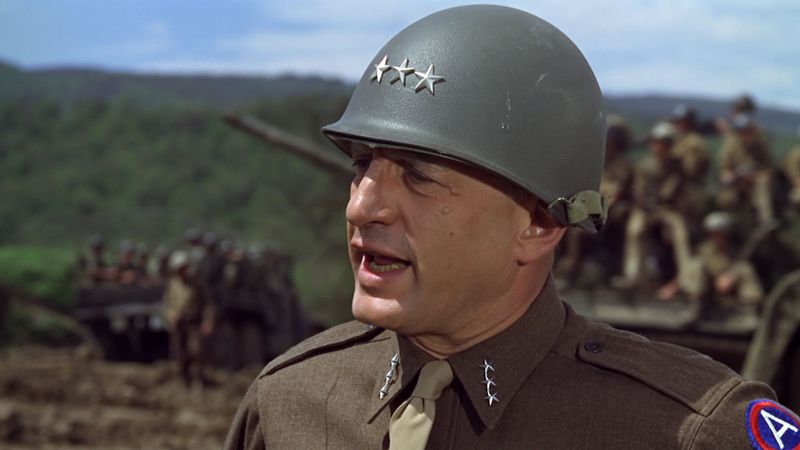
Patton, released in 1970, is a biographical war film that explores the life and career of General George S. Patton. Directed by Franklin J. Schaffner, it stars George C. Scott in a powerful portrayal of the controversial military leader.
The film’s exploration of Patton’s complex personality and wartime strategies captivated audiences. Its critical and commercial success earned it seven Academy Awards, including Best Picture. Patton’s influence on war films is significant, setting a standard for biographical storytelling and character study. The film remains a classic, offering a compelling look at leadership, ambition, and the complexities of war.
Dirty Harry (1971)
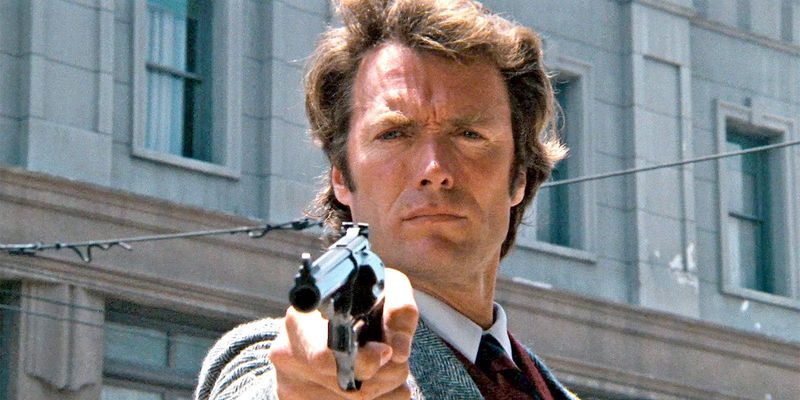
Dirty Harry, released in 1971, is a gritty crime thriller that introduced audiences to the iconic character, Inspector Harry Callahan. Directed by Don Siegel, it stars Clint Eastwood in a career-defining role as a tough, no-nonsense cop.
The film’s exploration of justice and morality, combined with its tense action sequences, resonated with audiences and critics alike. Dirty Harry’s success demonstrated the appeal of complex, morally ambiguous characters. Its influence on the action and crime genres is significant, inspiring countless films featuring tough, anti-hero protagonists. The film remains a classic, offering a thrilling and thought-provoking cinematic experience.
Network (1976)
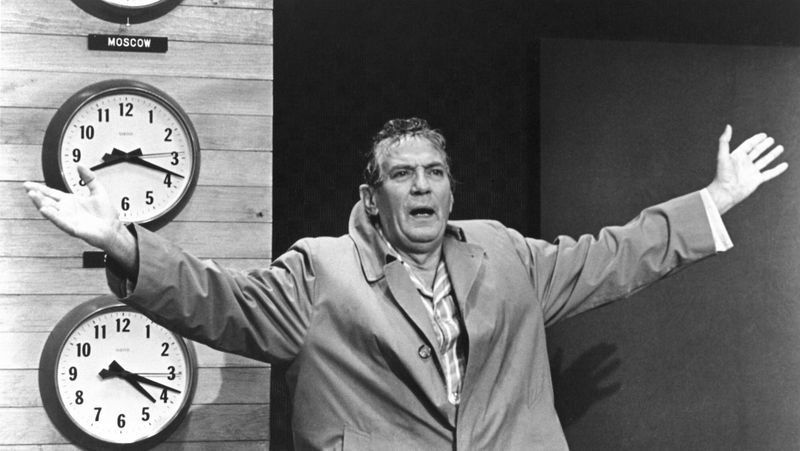
Network, directed by Sidney Lumet and released in 1976, is a satirical drama that critiques the television industry. Starring Peter Finch, it presents a scathing portrayal of media manipulation and corporate greed.
The film’s incisive commentary, combined with powerful performances, resonated with audiences, earning it four Academy Awards. Network’s success demonstrated the potential for films to critique societal issues with wit and intelligence. Its influence on media-themed narratives is profound, inspiring filmmakers to explore similar themes. The film remains a classic, offering a thought-provoking and entertaining examination of media and its impact on society.
The Deer Hunter (1978)
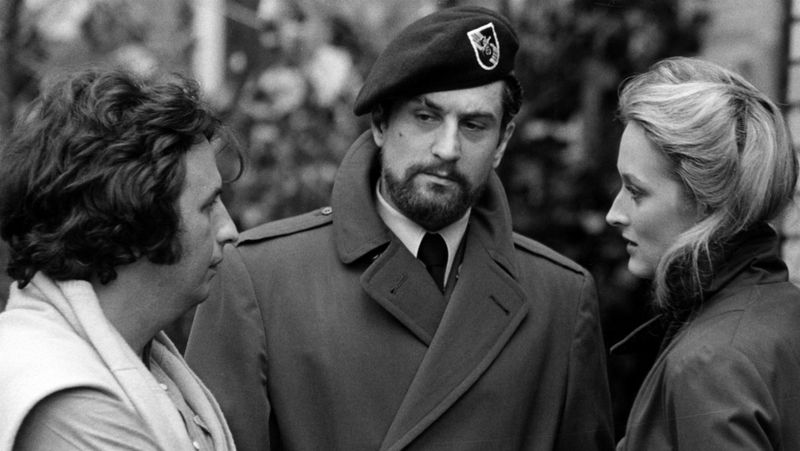
The Deer Hunter, released in 1978, is an epic drama that explores the impact of the Vietnam War on a group of friends. Directed by Michael Cimino, it stars Robert De Niro, offering a poignant portrayal of camaraderie and trauma.
The film’s emotional depth, combined with its powerful performances and evocative cinematography, resonated with audiences and critics alike. The Deer Hunter’s success highlighted the potential for war films to explore personal and societal themes. It earned five Academy Awards, including Best Picture, and remains a landmark in cinema, influencing filmmakers to explore the human cost of conflict.
Fiddler on the Roof (1971)
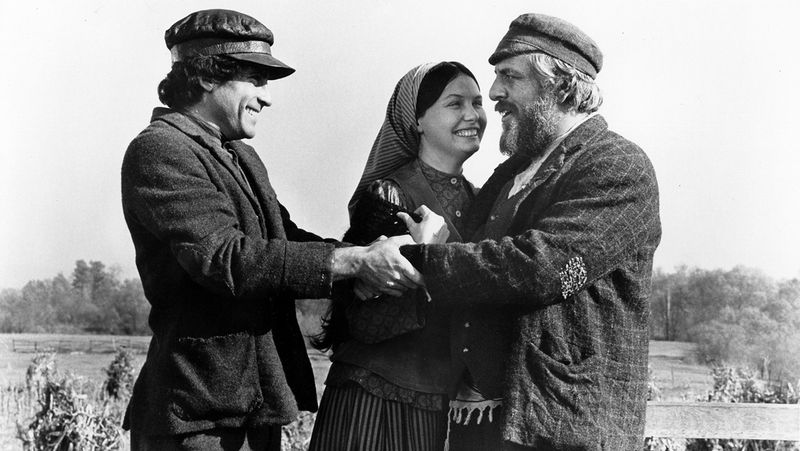
Fiddler on the Roof, released in 1971, is a musical drama that explores themes of tradition and change. Directed by Norman Jewison, it stars Chaim Topol as Tevye, a Jewish milkman in Tsarist Russia.
The film’s engaging narrative, memorable music, and strong performances resonated with audiences, offering a poignant portrayal of cultural heritage and family. Fiddler on the Roof’s success demonstrated the universal appeal of musicals with deep emotional and cultural resonance. Its influence on musical theater and film is significant, inspiring adaptations and performances worldwide. The film remains a beloved classic, celebrating endurance and community.
M*A*S*H (1970)
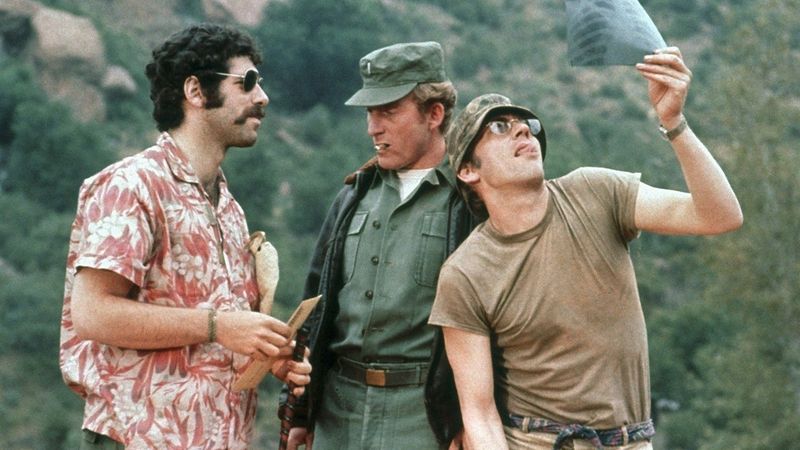
M*A*S*H, released in 1970, is a dark comedy that provides a unique perspective on the Korean War. Directed by Robert Altman, it presents a blend of humor and pathos through the experiences of military medical personnel.
The film’s satirical take on war and its strong ensemble cast resonated with audiences, earning it critical acclaim. M*A*S*H’s success highlighted the potential for comedy to address serious themes, influencing films and television shows tackling similar subjects. Its impact on wartime narratives is significant, inspiring explorations of humor amidst adversity. M*A*S*H remains a classic, offering a refreshing and thought-provoking cinematic experience.
Serpico (1973)
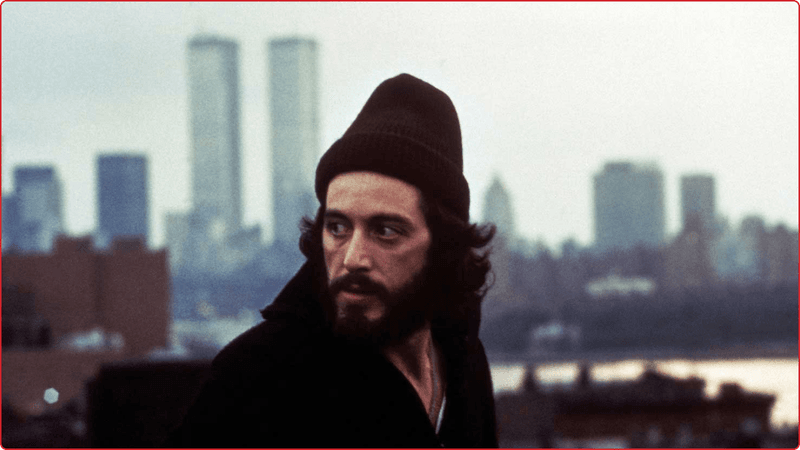
Serpico, released in 1973, is a gripping crime drama based on the true story of an honest cop exposing corruption. Directed by Sidney Lumet, it stars Al Pacino in a compelling performance as Frank Serpico.
The film’s exploration of integrity and justice resonated with audiences, offering a raw portrayal of police corruption. Serpico’s success highlighted the potential for character-driven narratives in crime cinema, influencing films focused on moral dilemmas. Its impact on the crime genre is significant, offering a powerful critique of systemic issues. The film remains a classic, celebrated for its authenticity and compelling storytelling.
Enter the Dragon (1973)
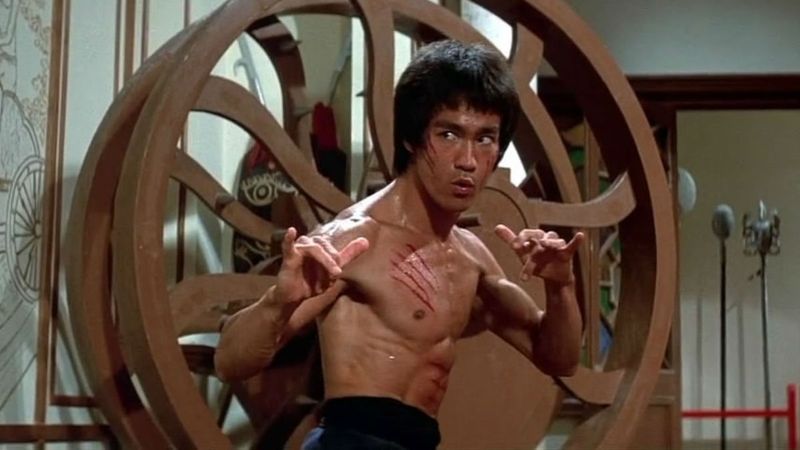
Enter the Dragon, released in 1973, is an iconic martial arts film that brought Bruce Lee to global stardom. Directed by Robert Clouse, it presents a thrilling narrative of espionage and martial arts mastery.
Lee’s charismatic performance and unparalleled fighting skills captivated audiences, making the film a box office success. Enter the Dragon’s impact on martial arts cinema is profound, introducing Western audiences to the genre and inspiring countless filmmakers. Its legacy endures, with Lee’s influence visible in action films worldwide. Enter the Dragon remains a classic, celebrating martial arts and Lee’s enduring legacy as a cinematic legend.
